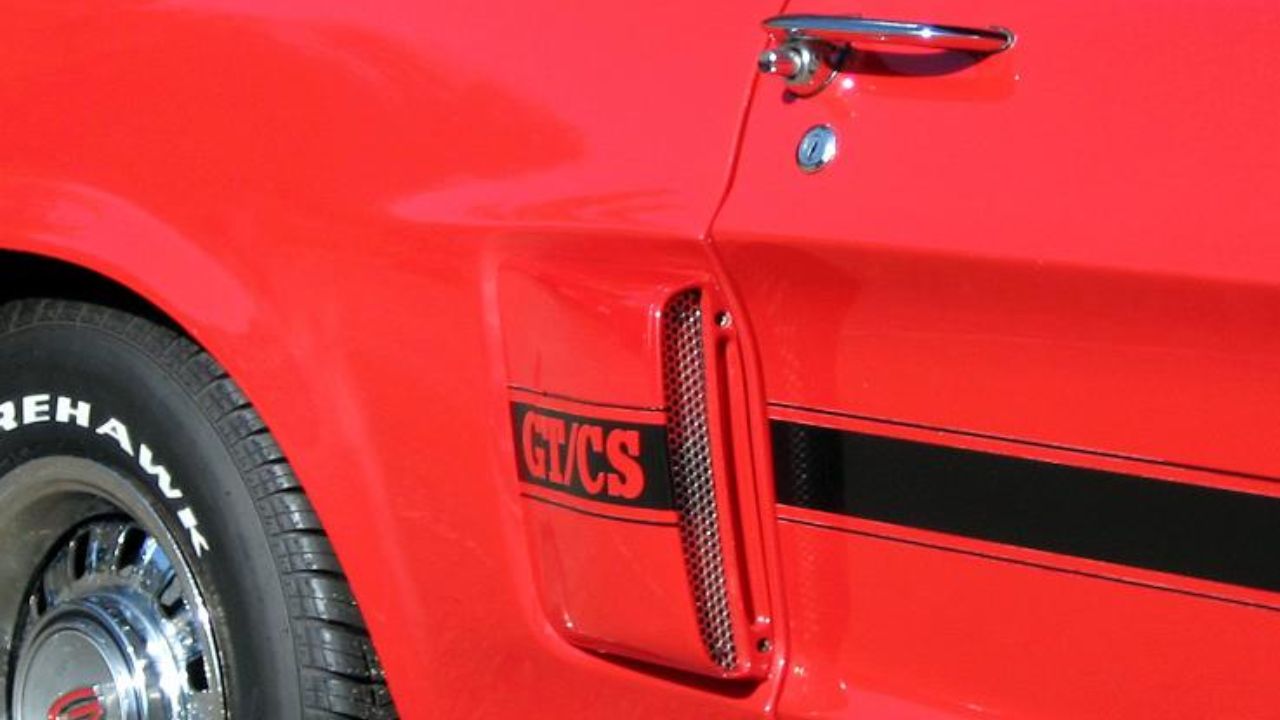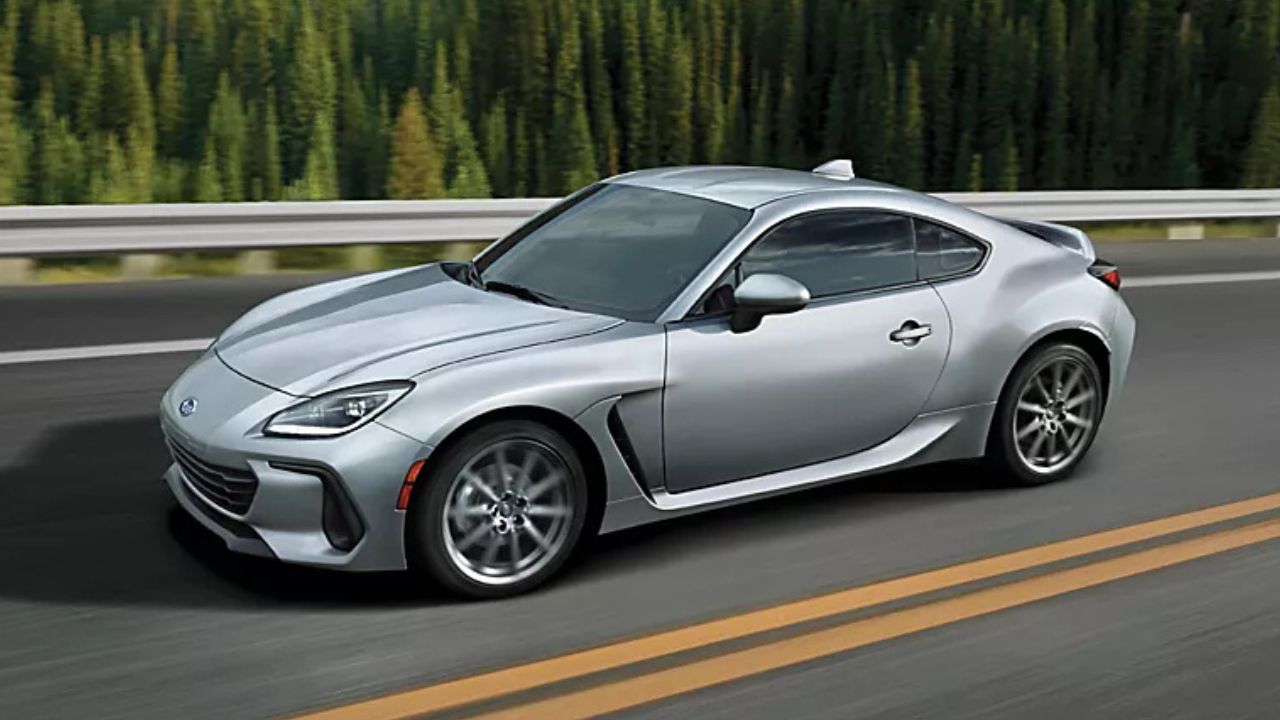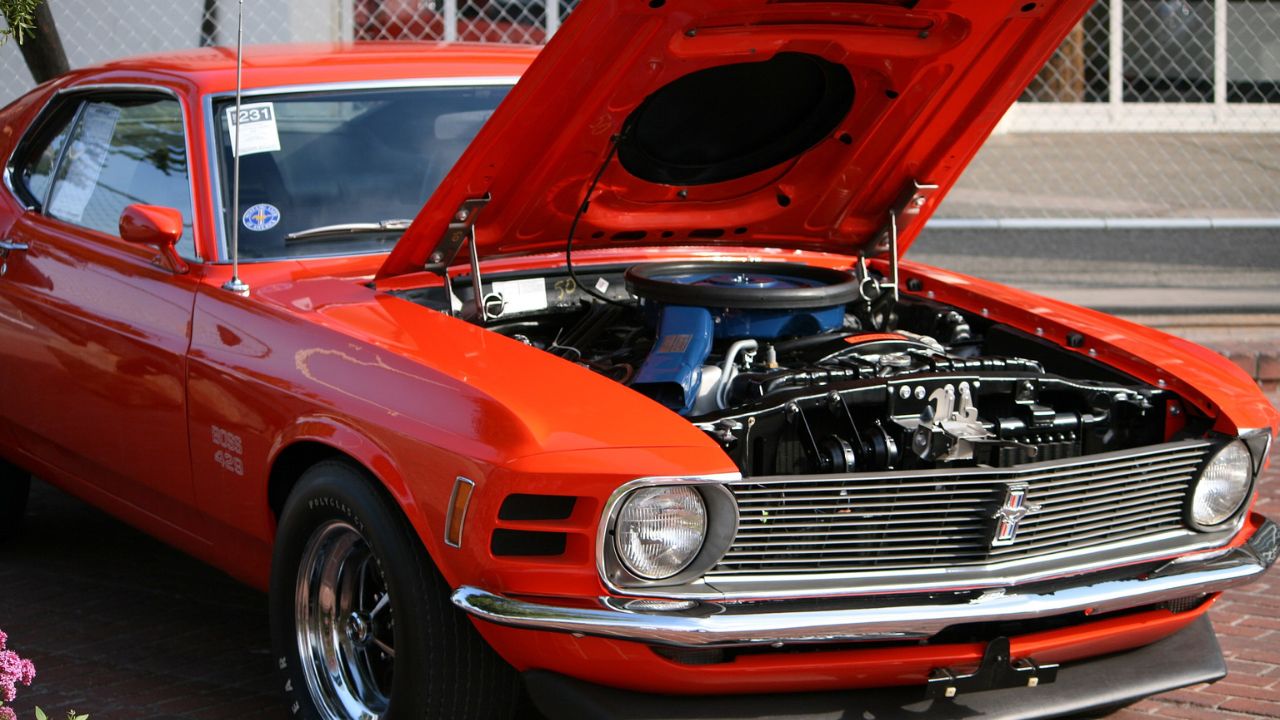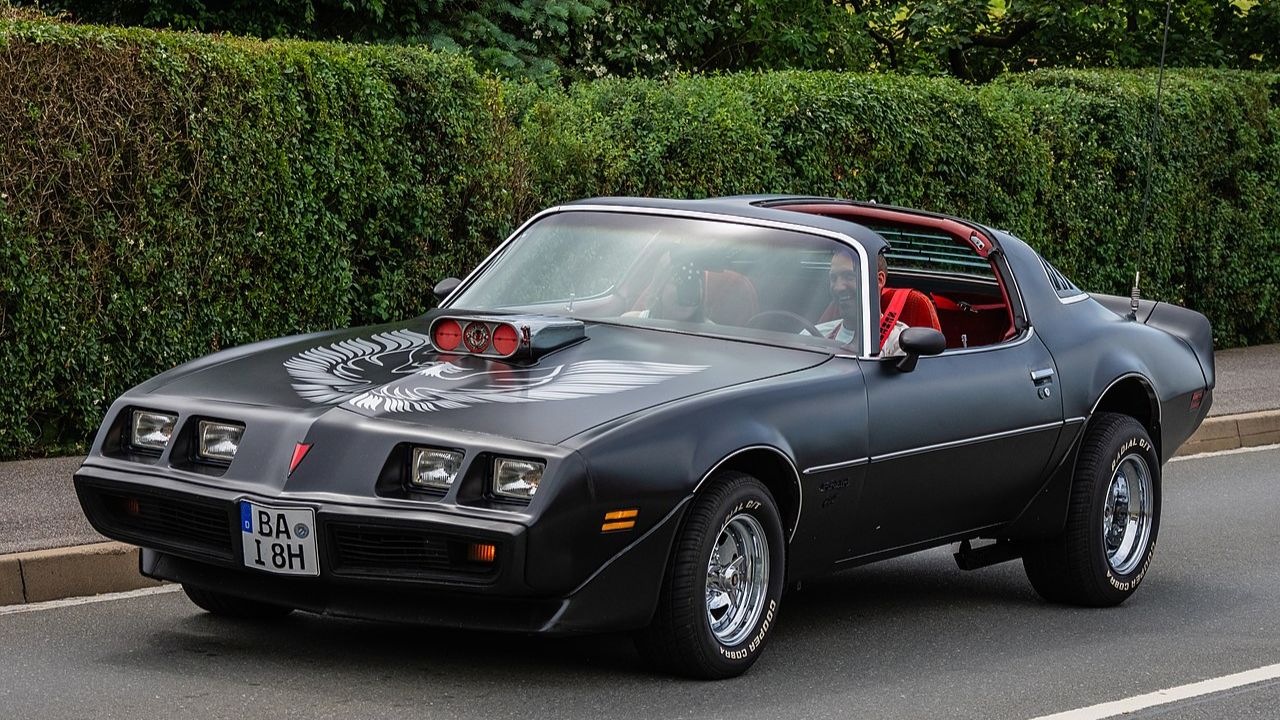The 1950s was a time of innovation and flair in the automotive world, and few vehicles captured this spirit like the two-tone Chevys. These cars not only defined an era of style and design but also became symbols of a booming post-war American society. Here, we explore the unique appeal and historical significance of these rare two-tone Chevrolets.
History of Two-Tone Chevys

The evolution of design trends in the 1950s was heavily influenced by the cultural and economic boom following World War II. The era was marked by a vibrant and optimistic spirit, reflected in the colorful and stylish designs that became popular in automobiles. Chevrolet, keen to capitalize on this consumer demand, introduced two-tone paint schemes that allowed buyers to express individuality and style. Chevrolet played a significant role in popularizing two-tone cars through strategic marketing campaigns. The use of vibrant color combinations in advertising materials helped capture the imagination of the American public. Key models like the Bel Air were often showcased with striking two-tone finishes, emphasizing their modernity and style. These marketing strategies were instrumental in cementing Chevrolet’s reputation as a leader in automotive design.
Iconic Two-Tone Models

The Chevy Bel Air stands as a flagship model for two-tone designs of the 1950s. Known for its sleek lines and luxurious features, the Bel Air was a canvas for creativity, offering a range of color combinations that became highly popular among consumers. The pairing of contrasting hues not only enhanced the vehicle’s aesthetic appeal but also underscored its status as a premium automobile. Among other unique models, the Chevy Nomad stands out for its rarity and distinctive design. The Nomad, with its two-tone finishes, appealed to niche markets and has since become a sought-after collectible. In addition to the Nomad, other models also offered two-tone options, each receiving varied reception based on their design and color choices.
The Art of Two-Tone Paint Jobs

Achieving the crisp, distinct two-tone look of the 1950s required specific painting techniques. Manufacturers faced the challenge of maintaining quality and consistency across production lines, often employing skilled artisans to perfect the intricate paintwork. The process involved careful masking and layering, ensuring sharp lines and vibrant colors that defined the era’s automotive aesthetics. Color psychology played a significant role in consumer appeal, with different hues evoking various emotional responses. The use of two-tone aesthetics enhanced the perceived value of vehicles, enticing buyers with the promise of uniqueness and individuality. This trend was part of a broader cultural movement towards personalization and self-expression, reflecting the zeitgeist of the 1950s.
Collectibility and Market Value

Today, two-tone Chevys are highly desirable collectibles, with their value influenced by several factors. Condition, rarity, and authenticity are key determinants of a car’s market worth. Collectors often seek original models with intact paint jobs, as these vehicles offer a tangible connection to the past. The enduring appeal of these cars lies in their ability to evoke nostalgia and a sense of history. Current market trends indicate a growing demand for two-tone Chevys, as evidenced by recent auction results and sales data. The classic car market continues to thrive, with buyers eager to invest in these iconic vehicles. For instance, an auction on eBay highlighted the robust interest in these models, showcasing their enduring appeal and market potential.
Restoration and Preservation

Restoring a two-tone Chevy presents unique challenges, particularly in maintaining the original design and color schemes. Restorers must navigate the complexities of sourcing parts and replicating authentic paint colors. Despite these obstacles, dedicated enthusiasts invest time and resources into preserving the integrity of these classic cars, ensuring they remain true to their historical origins. Preserving authenticity is paramount in the restoration process. Techniques such as using period-correct materials and adhering to original specifications are essential for maintaining a car’s historical value. Successful restorations, like those featured on Pinterest, often enhance a vehicle’s market value, showcasing the meticulous craftsmanship and dedication required to revive these automotive treasures.







Leave a Reply